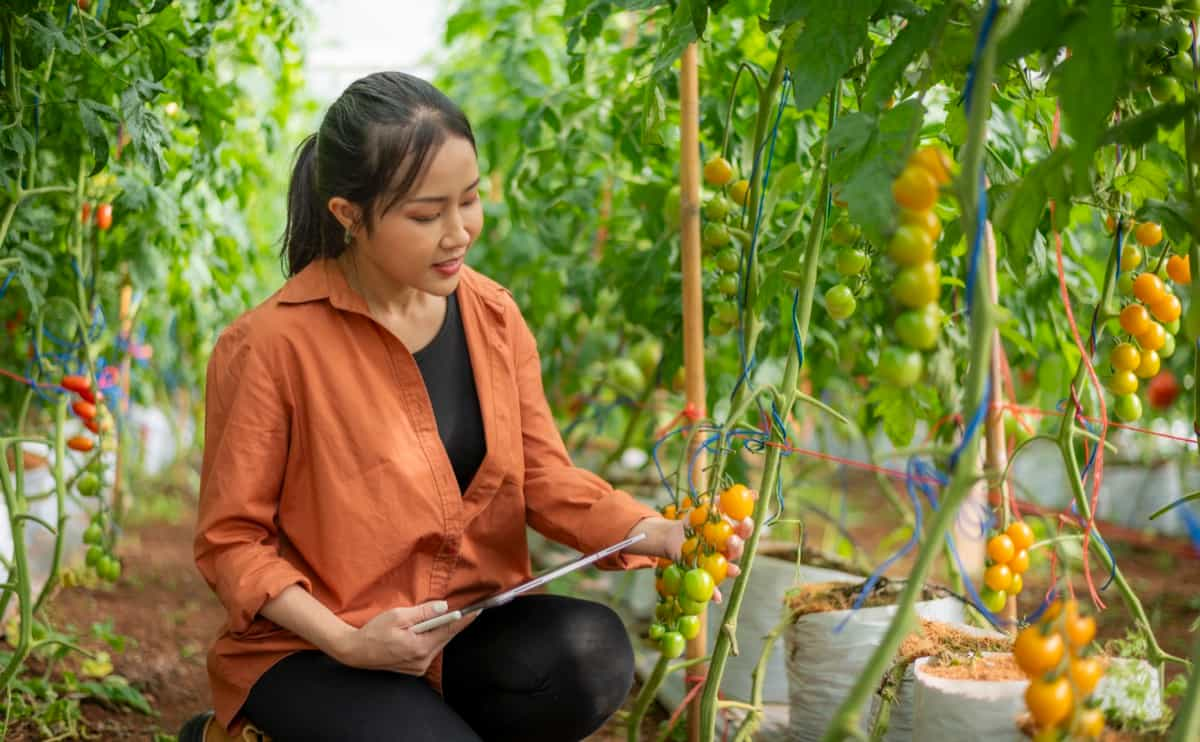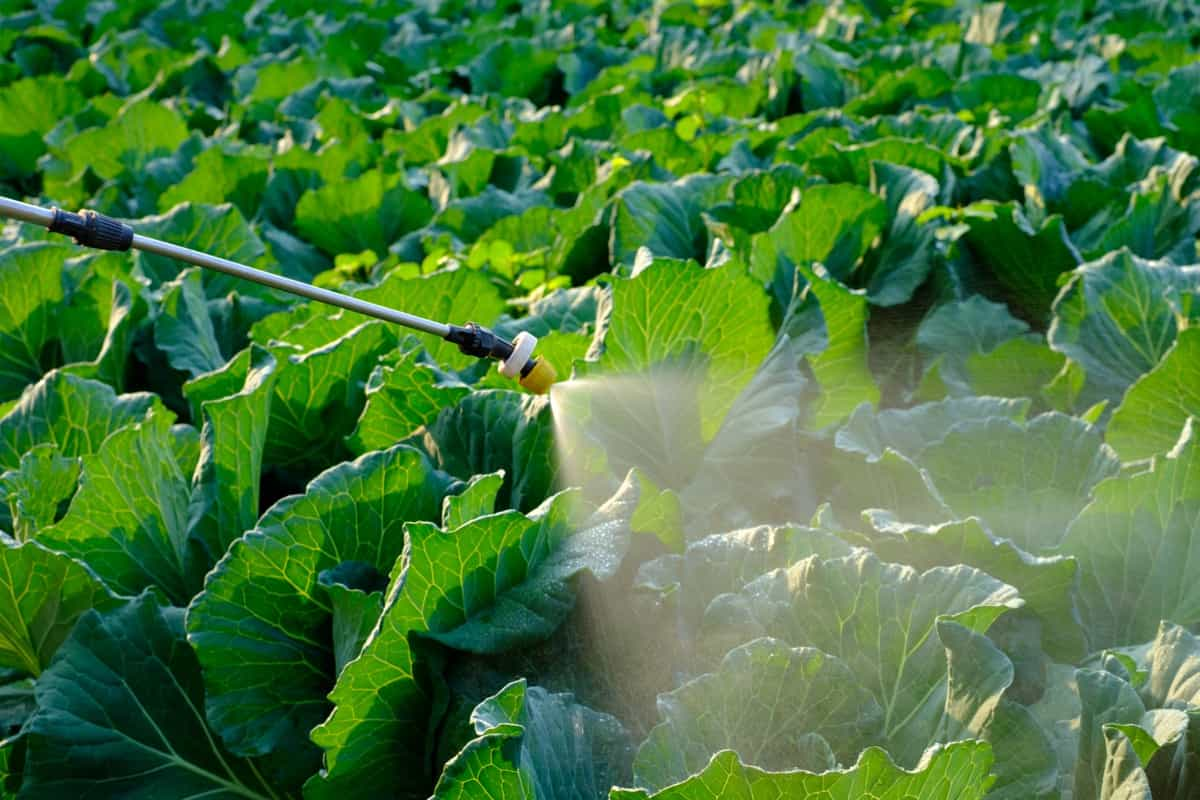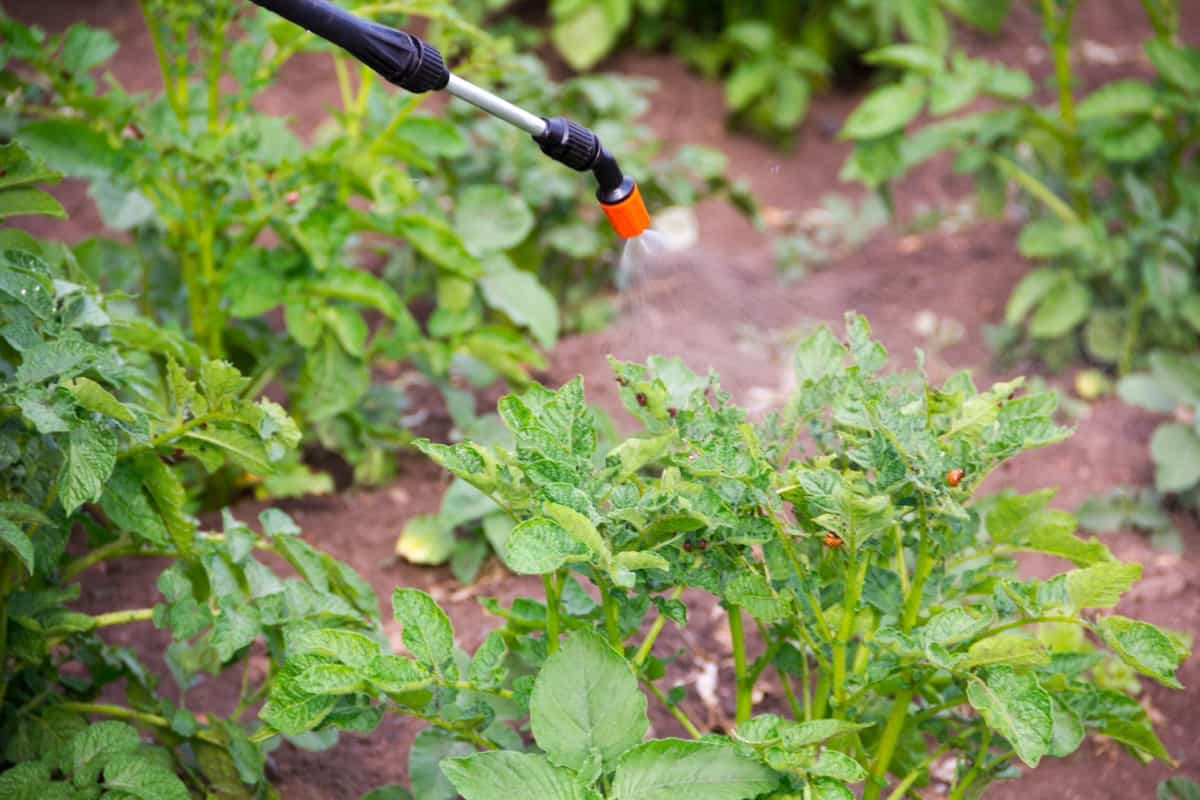Maintaining a thriving vegetable garden requires careful attention to pest management. Integrated Pest Management (IPM) is an approach that combines various control methods to manage pests while effectively minimizing the use of harmful chemicals. It involves using a combination of cultural, physical, chemical, and biological control methods to prevent and manage pest problems in vegetable gardens.

IPM for Home Vegetable Gardens
Understand the Principles of Integrated Pest Management
Integrated Pest Management (IPM) is an essential approach for effectively managing pests in home vegetable gardens. The first principle of IPM is to monitor and identify pests accurately. Regularly inspecting your plants allows you to detect any signs of pest activity early on. This enables targeted interventions, minimizing damage to your crops. Once pests have been identified, it’s important to assess their population levels and potential impact on your plants.
Creating a healthy growing environment strengthens plant resilience against pests. Biological control agents play a major role in maintaining the balance between pests and beneficial organisms in your garden ecosystem. Select products that are labeled for use on vegetables and follow instructions carefully to minimize potential problems to human health and the environment.
Identify Common Pests in Home Vegetable Gardens
- Aphids – These insects suck the sap from plant leaves, causing them to turn yellow. Look out for clusters of small, soft-bodied bugs on the undersides of leaves.
- Tomato hornworm – These large green caterpillars munch their way through tomato plants at an alarming rate, leaving behind chewed leaves and stems in their wake. Keep an eye out for these hidden critters on your tomatoes.
- Flea beetles – These tiny black or brown beetles feed on young seedlings, creating numerous small holes in leaves that can stunt plant growth.
- Slugs and snails – Slugs and snails also love feasting on tender vegetables like lettuce and cabbage. Their feeding activity results in irregularly shaped holes in foliage, making it easy to spot their presence.
Implement Cultural Control Methods for Pest Management
Crop rotation – By rotating the types of vegetables you plant each year, you break the life cycle of pests that target specific crops. This helps to disrupt their population growth and minimize damage.
Companion planting – Companion planting is where certain plants are grown together because they have beneficial effects on one another. For example, marigolds emit a scent that repels many insect pests, so planting them alongside susceptible vegetables can help deter these unwanted visitors.
In case you missed it: Common Insect Pests of Vegetable Crops in the Midwest and Management Practices

Proper sanitation practices – Removing weeds and debris regularly prevents hiding places for insects and reduces disease transmission between plants. Additionally, practicing good garden hygiene by cleaning tools and equipment helps prevent the spread of pathogens.
Utilize Biological Control Agents in IPM Strategies
There are several natural and eco-friendly methods that you can employ with the help of biological control agents. These agents include beneficial insects, nematodes, and microorganisms that can help regulate pest populations without causing harm to your plants or the environment. One common example of a biological control agent is ladybugs.
By releasing ladybugs in your vegetable garden, you can introduce a natural predator into the ecosystem that will feast on these pesky pests. Another effective biological control agent is Bacillus thuringiensis (Bt), a naturally occurring bacterium that targets certain types of caterpillars. When sprayed onto foliage, Bt produces proteins that are toxic to caterpillars while remaining harmless to humans and other beneficial insects.
Physical Control Measures for Pest Prevention in Vegetable Gardens
These methods focus on creating barriers and using physical means to deter pests from accessing your plants. It’s important to maintain a clean garden space. Remove any debris or decaying plant matter that can attract pests such as slugs, snails, or insects. Additionally, regularly weed your garden beds to eliminate hiding places for pests.
Another effective physical control measure is the use of row covers. These lightweight fabric covers create a barrier between your plants and potential invaders like flying insects or birds. Row covers allow sunlight, air, and water to reach your plants while keeping unwanted visitors out. Consider using traps or barriers specific to certain pests. For example, yellow sticky traps coated with adhesive are excellent at capturing flying insects like aphids or whiteflies.
Select and Use Chemical Controls Responsibly in the IPM
Chemical controls can be a controversial topic when it comes to gardening, especially in the context of sustainable and environmentally friendly practices. However, when used responsibly and as part of an Integrated Pest Management (IPM) approach, they can still have a place in your home vegetable garden. It’s important to understand that chemical controls should always be your last resort after exhausting all other options.
Begin by implementing cultural practices that create an unfavorable environment for pests and diseases. This may include rotating crops, practicing proper sanitation, and promoting biodiversity. Read labels carefully to ensure they’re safe for edible plants, and follow dosage instructions precisely. It’s crucial to choose chemicals with low toxicity levels to minimize harm to beneficial insects like bees and butterflies.
Monitor and Scouting Techniques for Pest Detection
Regularly inspecting your plants is key to early pest detection. Take the time to examine leaves, stems, fruits, and soil for any signs of damage or the presence of pests. Look out for chewed foliage, discolored patches, holes, webs, or any unusual markings that could indicate an infestation.
In case you missed it: How to Deal with Japanese Beetles in Flower and Vegetable Gardens

To aid in your pest detection efforts, it’s important to have a basic understanding of common garden pests and their behaviors. Consider using sticky traps or pheromone traps as part of your monitoring strategy. These traps are designed to attract specific types of insects and can provide valuable insights into the population dynamics within your garden.
Preventive Measures to Minimize Pest Infestations
It’s crucial to maintain a clean garden environment. Remove fallen leaves or debris that may provide hiding places for pests. Regularly weed your garden beds and keep them free from overgrown vegetation, as this can attract unwanted insects. Additionally, consider using physical barriers such as row covers to protect your plants from birds, rabbits, or other animals that may feast on them. These barriers act as a shield while still allowing sunlight and airflow. Furthermore, proper watering techniques play a vital role in preventing pest infestations in vegetable gardens.
Sustainable Practices for Long-Term Pest Management
Companion planting – Choosing compatible plants that naturally repel pests or attract beneficial insects can be a game-changer in pest management. For instance, marigolds are known to deter nematodes when planted alongside vegetable plants like tomatoes or peppers.
Good sanitation – Additionally, practicing good sanitation is crucial for long-term pest control. Removing plant debris and weeds regularly prevents hiding places and breeding grounds for pests. It also helps eliminate potential disease sources that can weaken vegetable plants and make them more susceptible to insect damage.
Mulching – Mulching with organic materials conserves moisture and also acts as a physical barrier against crawling insects like slugs or snails. Plus, mulch provides a habitat for beneficial organisms like ground beetles that prey on garden pests.
Integrate IPM into Organic Vegetable Gardening
Organic vegetable gardening focuses on using natural methods to grow plants and control pests. The key aspect of integrating IPM into organic gardening is maintaining a balanced ecosystem within your garden. This means attracting beneficial insects such as ladybugs, lacewings, and predatory wasps that feed on common pests like aphids and caterpillars. You can do this by growing flowers that attract beneficial insects or providing them with shelter in the form of insectary plants.
In case you missed it: How to Combat with Cabbage Worms in Vegetable Gardens: Natural and Organic Remedies

Composting is another vital practice for organic gardeners looking to integrate IPM principles. Compost adds nutrients back into the soil naturally, improving its overall fertility while enhancing disease resistance in plants. Selecting pest-resistant varieties when planning your vegetable garden can go a long way in reducing potential pest problems without resorting to chemical controls. Look for cultivars specifically bred for resistance against common diseases or insects prevalent in your area.
Conclusion
Integrated Pest Management (IPM) is a holistic and environmentally friendly approach to managing pests in agriculture. Monitoring and scouting techniques are essential aspects of successful pest detection in home gardens. By implementing IPM strategies, home gardeners can maintain healthy crops and reduce potential damage caused by pests.
- Beneficial Insects in Pest Management
- Natural Solutions for Pest Control in Flower Gardens
- Types of Fungicides Used in Agriculture
- Common Issues in the Fruit Development Stage of Pomegranate Farming
- Fruit Development Issues in Papaya: Easy Solutions and Treatment
- Soil-Borne Diseases and How to Protect Your Plants
- Practices to Prevent Disease Spread in the Garden
- From Wilted to Thriving: How to Treat Root Rot Naturally in Houseplants
- Natural Remedies to Cure Brown Spots on Fig Tree Leaves